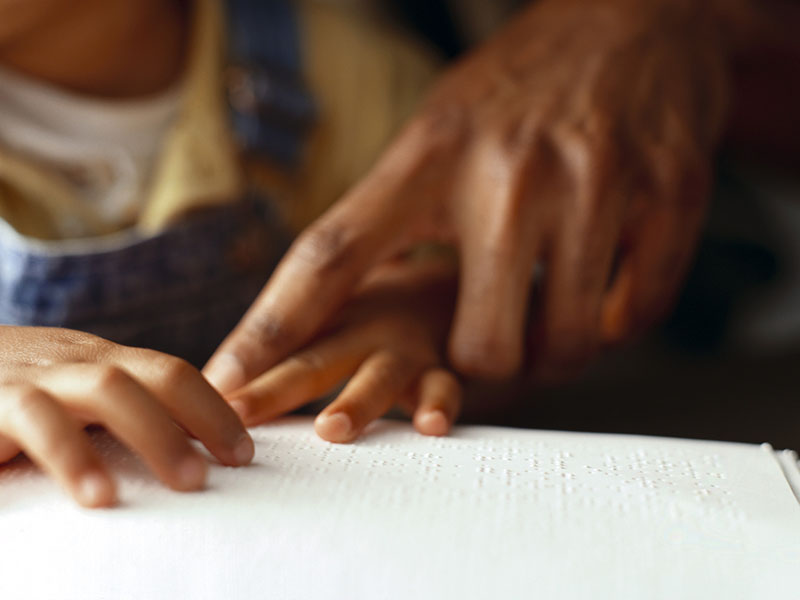
Latest Coronavirus News
 By E.J. Mundell
By E.J. MundellHealthDay Reporter
TUESDAY, June 9, 2020 (HealthDay News) -- When someone infected with the new coronavirus talks, coughs or sneezes, tiny droplets containing virus land on surfaces nearby.
If touched by someone else, those contaminated surfaces are a means of COVID-19 transmission. But new research shows that surface-based infections are far more likely in some cities than others.
Climate is the key, according to researchers from the Indian Institute of Technology Bombay, in Mumbai, India. They discovered that in cities with cooler but more humid weather, viral-laden droplets on surfaces linger longer before drying out, greatly upping the odds that the virus within them stays alive and contagious.
"The likelihood of the survival of the virus increases roughly by 5 times in a humid ambient as compared to a dry ambient" environment, researchers Rajneesh Bhardwaj and Amit Agrawal concluded. High temperatures tend also to dry up droplets lingering on surfaces quicker, they explained.
"In a way, that could explain a slow or fast growth of the infection in a particular city," Bhardwaj said in a news release from the American Institute of Physics. "This may not be the sole factor, but definitely, the outdoor weather matters in the growth rate of the infection."
The Indian team focused their study on tiny droplets about the size of the width of a human hair that might be spread through coughs and sneezes, and that land on surfaces such as door handles and smartphone touchscreens.
With a mathematical model, the researchers looked at drying times of a variety of surfaces. They found that droplets dry much faster when temperatures are higher, and they dry much slower in humid environments.
Taking it a step further, the two scientists looked at average droplet drying times in a number of cities: New York, Chicago, Los Angeles, Miami, Sydney and Singapore.
Their results: In the cities with more cases of COVID-19, the droplet drying time on surfaces was longer. That was especially true for New York City, where COVID-19 cases accumulated during a time of cool, humid weather, the investigators found.
"Understanding virus survival in a drying droplet could be helpful for other transmissible diseases that spread through respiratory droplets, such as influenza A," researcher Agrawal said in the news release.
The findings also suggested that surfaces like smartphone screens, cotton and wood need cleaning more often than glass and steel because droplets evaporate faster on glass and steel.
Dr. Amesh Adalja is a virologist and senior scholar at the Johns Hopkins Center for Health Security in Baltimore. Reading over the new study, he said that there was "good reason to think that this coronavirus would behave like other coronaviruses and be subject to the same environmental influences. It appears, from this study, this is the case."
Adalja stressed that although "surface transmission is a lesser route of infection for this coronavirus [than inhaled, airborne transmission], it remains important."
The report was published June 9 in the journal Physics of Fluids.

Copyright © 2020 HealthDay. All rights reserved.

QUESTION
What is the Wuhan coronavirus? See AnswerReferences
SOURCES: Amesh Adalja,MD, senior scholar, Johns Hopkins Center for Health Security, Baltimore; American Institute of Physics, news release, June 9, 2020
Worried About Catching Coronavirus From Surfaces? The City You Live in May Matter, Source:http://www.medicinenet.com/script/main/art.asp?articlekey=234598